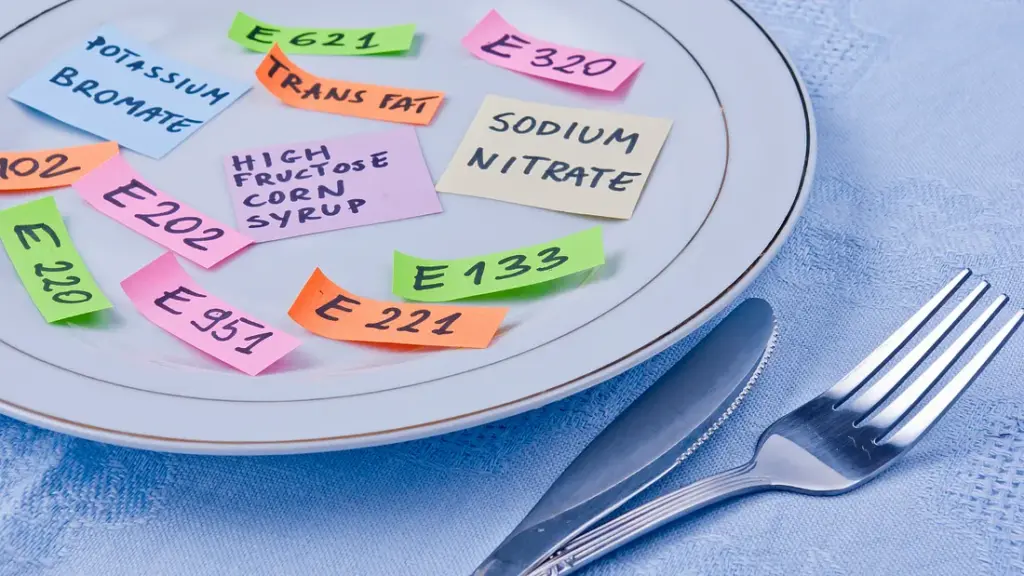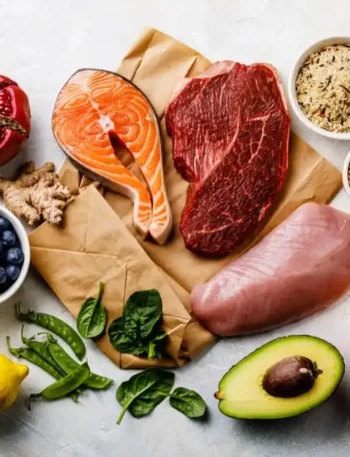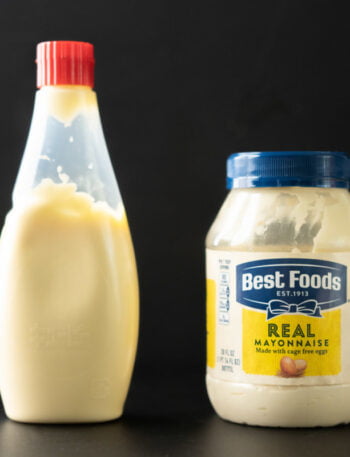
Processed foods have become a staple in most households. From the bread you eat to the soda you drink, many of these items contain food additives and preservatives to enhance their shelf life, appearance, taste, and texture.
Yet, despite their widespread use, many consumers remain skeptical, questioning whether these chemicals are safe to consume.
We will break down the role of food additives and preservatives, explain how they are regulated, and explore their impact on modern food production.
What Are Food Additives?
Food additives are substances added to food to preserve flavor or enhance its taste, appearance, or texture. They are used throughout the food industry for various purposes, from coloring and flavoring to stabilizing ingredients and extending shelf life.
Common Types of Food Additives Include:
- Colorants — Additives that enhance or restore the color of food. For instance, beta-carotene is used to give margarine a yellow hue.
- Flavorings — Substances that give food a particular taste or smell, such as vanilla extract or artificial fruit flavors.
- Stabilizers and Emulsifiers — These are used to prevent food from separating. For example, emulsifiers like lecithin in salad dressings keep oil and water from separating.
- Sweeteners — These provide sweetness without adding calories, like aspartame or stevia.
Food additives play a crucial role in modern food production, ensuring that products are appealing, safe, and enjoyable for consumers.
Understanding Food Preservatives
Food preservatives are a specific type of additive used to prevent spoilage caused by bacteria, molds, yeast, or other microorganisms. They help prolong the shelf life of food, ensuring it remains safe to eat for longer periods, which is particularly important for global food distribution.
Common Types of Preservatives:
- Natural Preservatives: These include salt, sugar, vinegar, and spices like rosemary. They have been used for centuries to preserve food by slowing down bacterial growth.
- Synthetic Preservatives: These are man-made chemicals like sodium benzoate or potassium sorbate that inhibit the growth of microorganisms and extend the shelf life of foods like jams, sodas, and baked goods.
Preservatives help reduce food waste by keeping products fresher for longer, which is vital in ensuring food security across the globe.
How Additives and Preservatives Are Regulated
Many consumers are unaware that the use of food additives and preservatives is highly regulated by health authorities worldwide. In the U.S., the Food and Drug Administration (FDA) and internationally, the European Food Safety Authority (EFSA), oversee the approval of food additives. These agencies conduct extensive research and testing to ensure that all additives used in food products are safe for consumption.
Key Regulatory Processes Include:
- Safety Testing: All additives undergo rigorous testing to assess potential risks and side effects. This includes studying how the additive is metabolized and its possible long-term effects.
- Establishing Acceptable Daily Intake (ADI): This is the maximum amount of an additive that can be consumed safely over a lifetime. ADIs are established based on scientific studies and are updated regularly.
Regulatory bodies continuously monitor the safety of food additives and preservatives to protect public health.
Natural vs Synthetic Additives – Myths and Facts
There is an ongoing debate about whether natural additives are safer or better than synthetic ones. While it’s easy to assume that “natural” is always better, this is not necessarily true. Both natural and synthetic additives must pass the same safety tests before being approved for use in foods.
Examples:
- Natural Additives: Common examples include salt, vinegar, and rosemary extract. These have been used for centuries and are generally considered safe. However, overuse of natural preservatives like salt can pose health risks, such as high blood pressure.
- Synthetic Additives: Additives like sodium benzoate and potassium sorbate are synthetic, but they are crucial in preserving foods like beverages and bakery items. Studies show that when consumed in recommended amounts, synthetic additives pose no significant health risks.
The key is moderation, as consuming any additive in excessive quantities — whether natural or synthetic — can be harmful.
Health Concerns and Risks
Despite the stringent regulations in place, some consumers remain concerned about the health effects of food additives and preservatives.
Scientific Research on Additives and Health:
- The FDA and other regulatory bodies require exhaustive testing before approving any additive for use. Studies have shown that food additives are generally safe when consumed in the quantities permitted by regulatory bodies.
- However, certain additives have been linked to potential health risks when consumed in excess. For example, trans fats, once widely used as a preservative in baked goods, have been phased out due to links to heart disease.
It’s important to remember that while some additives have potential risks, they are often only harmful if consumed in extremely high amounts. Staying within recommended daily limits ensures safety.
The Role of Additives and Preservatives in Modern Food Production
Additives and preservatives have become indispensable in today’s food supply chain. They allow food manufacturers to produce larger quantities of food, transport it across long distances, and ensure that it remains safe to consume by the time it reaches consumers.
One notable example of their impact is the reduction of food waste. Without preservatives, food products would spoil much faster, leading to increased waste. In a world grappling with hunger and food scarcity, preservatives play a key role in maintaining food security.
Understanding food additives and preservatives is vital in navigating today’s complex food landscape. While these substances enable safety, quality, and longer shelf life in our food, they also raise valid concerns regarding health and safety.
By arming yourself with knowledge about the types, benefits, and regulations surrounding food additives, you can make informed choices about the products you consume.










This breakdown really helps demystify the additives we often see on ingredient lists. I’d love to see more info on how regulatory agencies determine what’s considered safe, especially with synthetic additives.